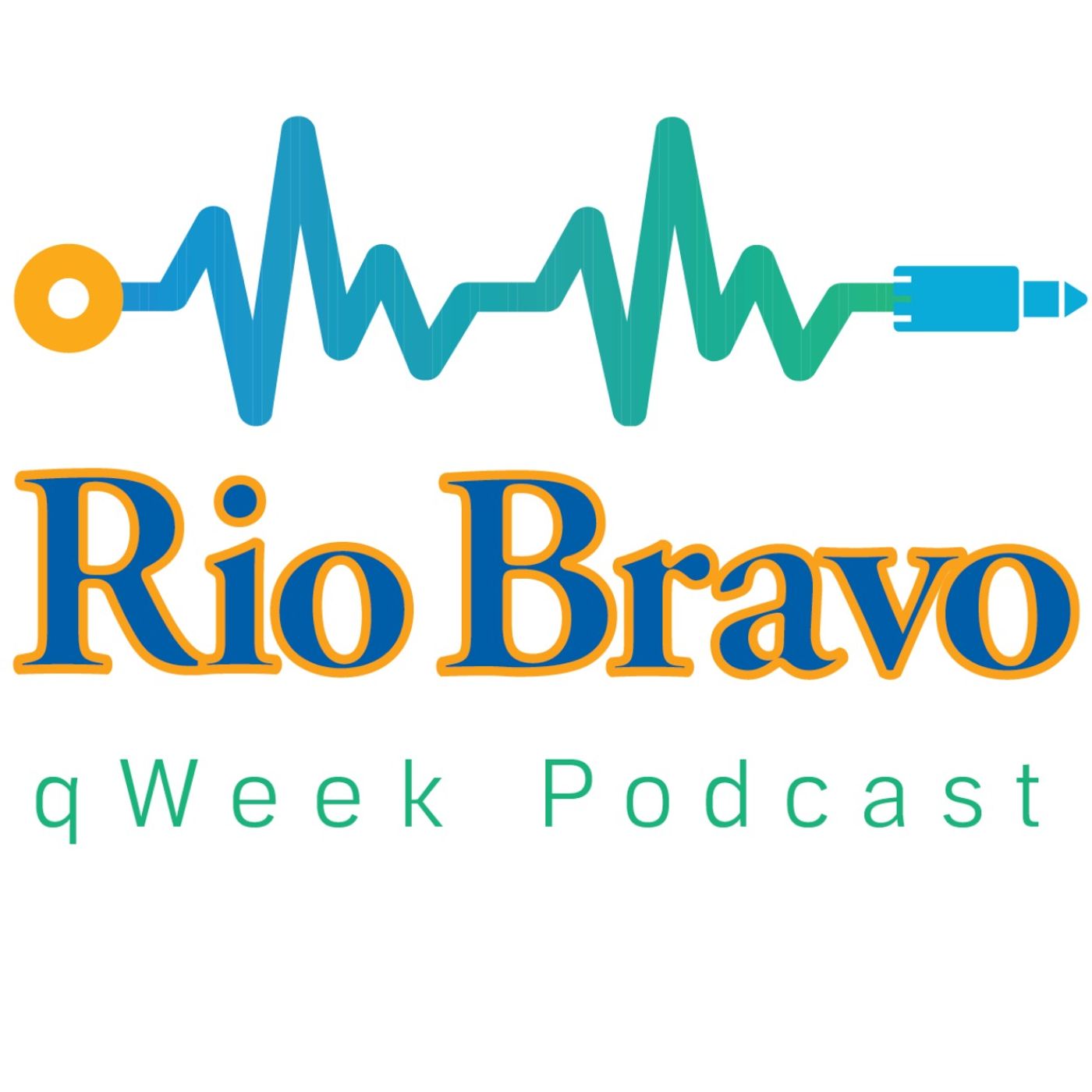- After-Shows
- Alternative
- Animals
- Animation
- Arts
- Astronomy
- Automotive
- Aviation
- Baseball
- Basketball
- Beauty
- Books
- Buddhism
- Business
- Careers
- Chemistry
- Christianity
- Climate
- Comedy
- Commentary
- Courses
- Crafts
- Cricket
- Cryptocurrency
- Culture
- Daily
- Design
- Documentary
- Drama
- Earth
- Education
- Entertainment
- Entrepreneurship
- Family
- Fantasy
- Fashion
- Fiction
- Film
- Fitness
- Food
- Football
- Games
- Garden
- Golf
- Government
- Health
- Hinduism
- History
- Hobbies
- Hockey
- Home
- How-To
- Improv
- Interviews
- Investing
- Islam
- Journals
- Judaism
- Kids
- Language
- Learning
- Leisure
- Life
- Management
- Manga
- Marketing
- Mathematics
- Medicine
- Mental
- Music
- Natural
- Nature
- News
- Non-Profit
- Nutrition
- Parenting
- Performing
- Personal
- Pets
- Philosophy
- Physics
- Places
- Politics
- Relationships
- Religion
- Reviews
- Role-Playing
- Rugby
- Running
- Science
- Self-Improvement
- Sexuality
- Soccer
- Social
- Society
- Spirituality
- Sports
- Stand-Up
- Stories
- Swimming
- TV
- Tabletop
- Technology
- Tennis
- Travel
- True Crime
- Episode-Games
- Visual
- Volleyball
- Weather
- Wilderness
- Wrestling
- Other
Episode 144: Risk Factors for Pediatric Overweight and Obesity
Episode 144: Risk Factors for Pediatric Overweight and ObesityFuture Dr. Lal describes multiple risk factors associated with childhood overweight and obesity. Dr. Arreaza adds comments about caring for pediatric patients with obesity. Practice guidelines are mentioned throughout this episode.Written by Krustina Lal, MSIII, Western University College of Osteopathic of the Pacific. Comments by Hector Arreaza, MD.You are listening to Rio Bravo qWeek Podcast, your weekly dose of knowledge brought to you by the Rio Bravo Family Medicine Residency Program from Bakersfield, California, a UCLA-affiliated program sponsored by Clinica Sierra Vista, Let Us Be Your Healthcare Home. This podcast was created for educational purposes only. Visit your primary care provider for additional medical advice.Introduction:Obesity is one of the most common pediatric chronic diseases affecting 14.4 million children and adolescents (about twice the population of New Jersey).A recent simulation study from the US found that by 2030, a staggering 55–60% of today’s children will be obese.1 in 4 children in California have obesity.Research shows that the ages between 0 and 5 years is a critical period in the development of overweight and obesity. Obesity has complex genetic, physiologic, socioeconomic, and environmental contributors. Pediatricians and other primary care physicians need to be aware of the risk factors for pediatric obesity to provide early anticipatory guidance for prevention, close monitoring, and early intervention when the weight trajectory increases.We will discuss the risk factors for children and adolescents to develop overweight and obesity, we will be diving deep into general, environmental, and familial factors. This is based off the AAP (American Academy of Pediatrics) “Clinical Practice Guidelines for the Evaluation and Treatment of Children and Adolescents with Obesity.” This guideline was published in February 2023, it is available online for free, and this is the first edition.A. General Factors<br />- Socioeconomic StatusA longitudinal analysis of predominantly non-Hispanic white children in the United States found that low socioeconomic status before 2 years of age was associated with higher obesity risk by adolescence in both boys and girls.Poverty is associated with toxic stress, limited access to healthy foods, and low physical activity.-Children in Families That Have Immigrated to the USRecently arrived immigrants tend to be healthier than their US-born counterparts. However, as immigrants try to adjust to a new culture, they may adopt Americanized foodways, which are high in fat, sugar, and salt.<br />Second-generation Hispanic immigrants are 55% more likely to have obesity than nonimmigrant white children, whereas first-generation Asian immigrants had a 63% lower risk of having obesity.Larger body sizes may be an indication of health and wealth in some cultures. This cultural factor may make it more difficult for parents to understand the gravity of their children’s obesity.Comment: This is a common concern among Hispanic families that bring their children to the clinic to get “vitamins” to gain weight because they look “sick,” but their BMIs are normal. PCPs should be prepared to address that concern in the clinic.B. Neighborhood and Community Environments-School EnvironmentThe presence of fast foods, vending machines, and/or sweetened beverages in schools may negatively influence children’s food choices, this effect is larger in younger grades.One day I went to have lunch with Devin, I liked that they had to go through the salad bar before they went to get other foods. They had the choice between vegetables or fruits.<br />

